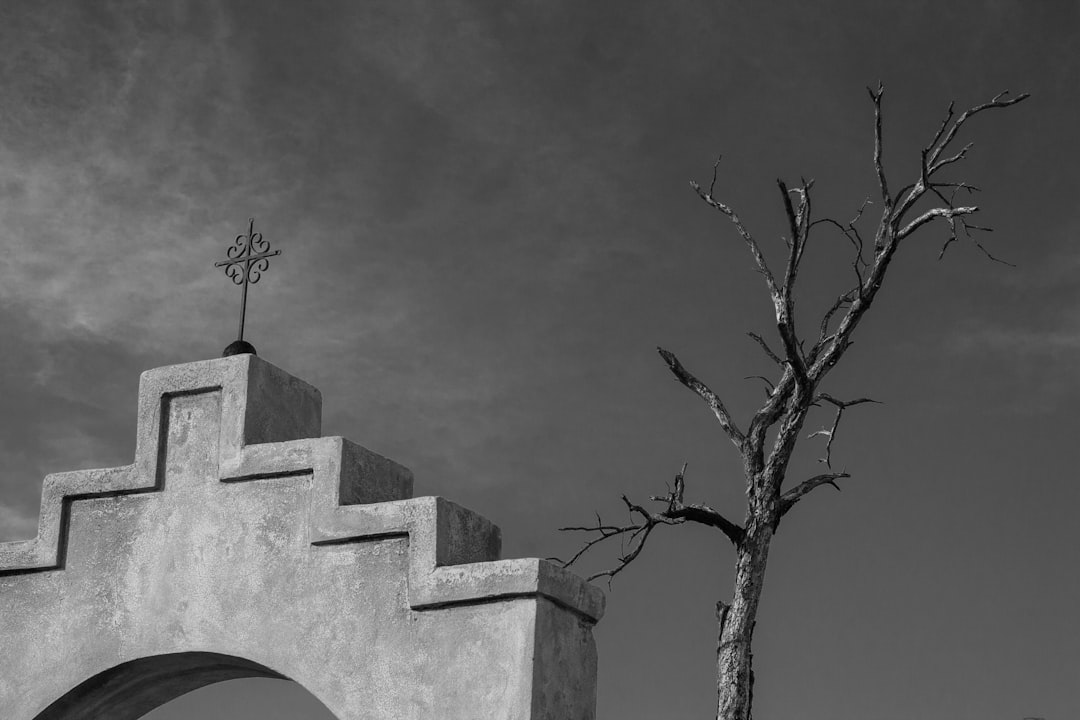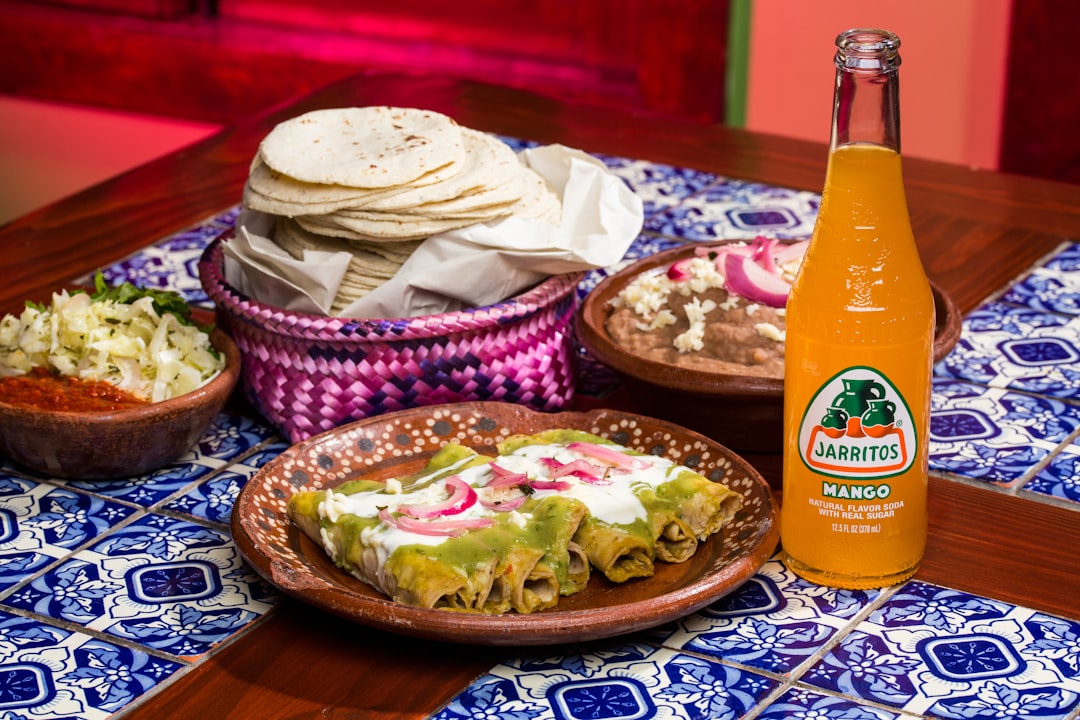Introduction
The Day of the Dead, or Día de los Muertos, is more than just a festival in Mexico; it is a profound celebration of life and death intertwined. Recognized by UNESCO as an Intangible Cultural Heritage of Humanity, this ritual marks a time when families gather to honor their deceased loved ones. With its vibrant colors, traditional foods, and heartwarming tales, the Day of the Dead showcases the rich tapestry of Mexican culture and its unique perspectives on mortality. This celebration invites not only locals but also visitors around the world to partake in its festivities, offering an unparalleled glimpse into the values of remembrance and community intertwined within the Mexican culture.
The Historical Roots of the Day of the Dead
The origins of Día de los Muertos trace back to ancient pre-Hispanic civilizations such as the Aztecs, who viewed death as a part of life rather than an end. They believed that during a certain time of the year, the souls of the deceased would return to visit their families. This belief transitioned over time into a beautiful fusion of indigenous customs and the Catholic tradition introduced by Spanish colonization, reflecting a unique cultural resilience.
Ceremonies often include altars, or ofrendas, adorned with photos, mementos, and offerings such as marigold flowers (cempasúchil), sugar skulls, and traditional foods that the deceased enjoyed. This amalgamation of history and culture emphasizes that death is not something to mourn but rather something to celebrate, encouraging families to reflect on fond memories and hono…rrage lives enriched by the presence of loved ones.
Customs and Traditions
At the heart of the Day of the Dead festivities are unique customs and practices that vary widely across regions but share common elements. In Oaxaca, families might create elaborate altars in homes and cemeteries, emphasizing the deep connection to their ancestors. Meanwhile, in Mexico City, vibrant parades showcase the colorful culture of the celebration, drawing crowds and participating groups who proudly display their heritage.
One of the most iconic elements of the celebration is the sugar skulls or calaveras. These decorative skulls, often inscribed with a name, symbolize the sweetness of life and the importance of cherishing memories. Additionally, people dress up in traditional garments and paint their faces to resemble skulls, signifying that our loved ones are always with us in spirit and celebrating the intertwining of the living and the deceased in joyous harmony.
Food: A Culinary Tradition
The Day of the Dead is also a time for culinary feasting. Traditional food plays a massive role in the festivities, with favorites such as pan de muerto, a sweet bread decorated with bone-like shapes, and tamales, a staple of celebrations that come in various flavors and fillings. Families often prepare elaborate meals not just for themselves but to honor the spirits they remember, including dishes that their loved ones used to enjoy. The preparation of these meals often involves entire families and serves as a bonding experience that invokes stories of the deceased.
For those traveling to Mexico during this time, experiencing the unique cuisine associated with the Day of the Dead adds depth to the celebration. Culinary tours offer a chance to learn about these dishes, participate in cooking classes, and discover local markets bursting with colors and flavors. From the rich aromas of mole to the sweet hints of chocolate in traditional drinks, the gastronomic journey encapsulates the very essence of Mexican heritage. Explore food tours on (https://gyg.me/yA7fHOLF) to indulge in authentic experiences that celebrate both life and death through flavors.
The Vibrant Atmosphere of Celebrations
The streets during the Day of the Dead are alive with festivities, as the atmosphere pulses with a joy unique to this time of year. Communities come together to celebrate, adorned with vibrant decorations, cultural performances, and songs that echo the joy of reunion with the deceased. Music and dance play an essential role in creating an atmosphere of festivity, with parades featuring dancers in traditional costumes and regional artists performing local tunes that have been passed down through generations.
Visitors are encouraged to join the celebration, which is a beautiful testament to community spirit and the power of honoring the past. Experience the joyous atmosphere by booking local tours through (https://www.viator.com/Mexico/Day-of-the-Dead/d76-ttd?pid=P00229766&mcid=42383&medium=link), where you can immerse yourself in the rich cultural tapestry and connect with the heart of the community.
Conclusion
The Day of the Dead is a vibrant celebration steeped in history, culture, and love. It stands as a testament to the significance of human connections that transcend death, encouraging a deeper understanding of how different cultures view mortality. For travelers, it offers a unique experience that goes beyond mere tourism. Mexico, during the Day of the Dead, reveals the spirit of a nation that embraces its heritage with open arms and a full heart, passionately celebrating life even in its absence.
For anyone wishing to experience this festival first-hand, consider joining a guided tour that not only showcases the celebrations but also teaches you about its significance, enhancing your travel experience. Learn more about exploring Mexico’s rich traditions with (https://gadventures.sjv.io/yq2vBG). Let the allure of vibrant altars, communal festivities, and the taste of traditional foods draw you into an emotional journey of remembrance and joy.
Explore the Day of the Dead Celebrations!
With the blend of rich culture, gastronomical delights, and a unique perspective on death, Mexico’s Day of the Dead is a traveler’s dream—inviting you not just to witness but also to participate in a truly enchanting experience that lives on in memories long after the celebrations end.






